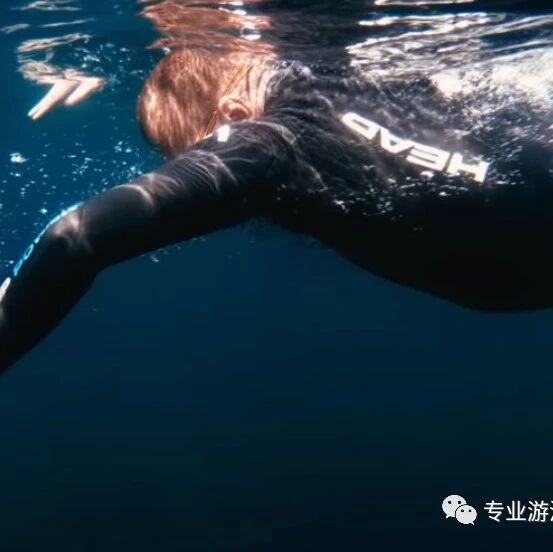Understand the full-immersion swimming concept and enjoy leisurely, stroll-like swimming.
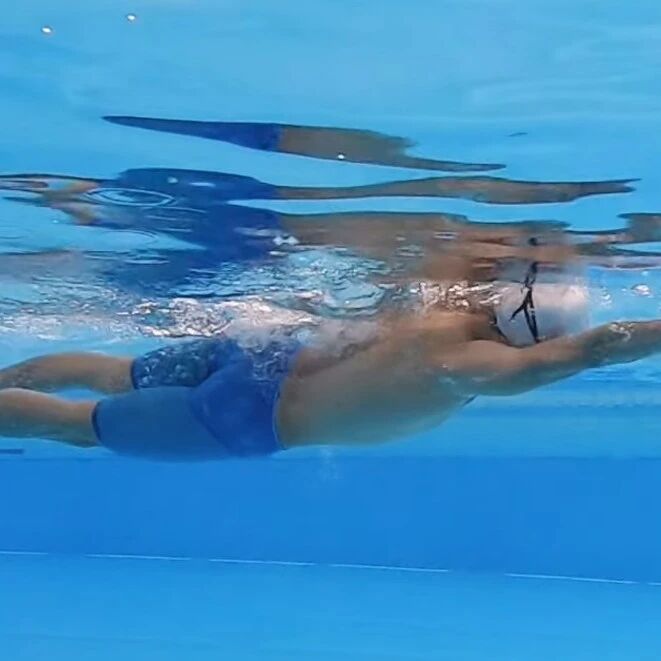

Stroll-style swimming isn't slow.
Learning to swim should be tailored to each individual.
Adults have the advantage of strong comprehension when learning to swim, but their disadvantage lies in stiffness, as well as a lack of flexibility and coordination. As a result, the principles and methods for teaching swimming to adults differ from those used with children or young people who are already physically active.
Learning to swim should be tailored to each individual—teaching according to their unique "materials," meaning their physical build. Even at the same swimming level, people with different body types and physiques may exhibit significantly varying swimming speeds. This doesn’t mean that heavier individuals are inherently weaker swimmers than lighter ones, nor does it imply that taller people automatically swim faster. However, at equivalent swimming levels, height often translates into a longer arm span, giving taller individuals an advantage in freestyle swimming. Generally speaking, those with longer arm spans—and typically leaner, more streamlined body shapes—are better suited for freestyle technique.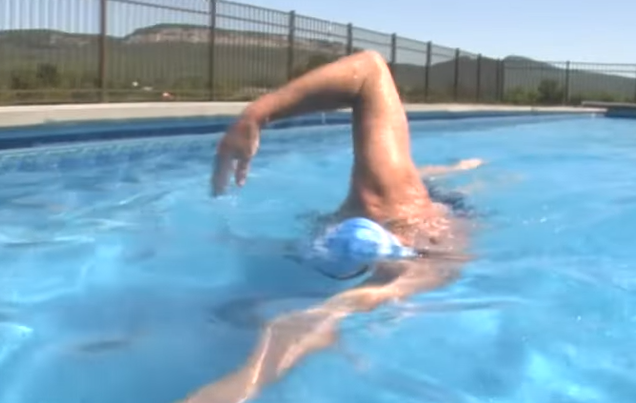
Understanding full-immersion swimming
The founder of the Total Immersion swimming philosophy is almost an elderly man. He introduced the Total Immersion concept and developed a comprehensive swimming training system tailored to it, significantly lowering the learning curve for swimming skills and making it easier for more adults to master the art of swimming. Meanwhile, his approach has caught the attention of professional triathletes, though it has sparked mixed reactions among professional swimming coaches—particularly regarding its perceived lack of a clear edge in speed-enhancement training compared to traditional competitive swimming methods. Despite this, the founder of Total Immersion has humbly acknowledged these observations.
However, the innovative analysis of drag reduction, balance, and propulsion within the Total Immersion swimming philosophy has profoundly influenced professional swimming training—particularly the concept of self-coaching, which has greatly benefited even elite competitive swimmers.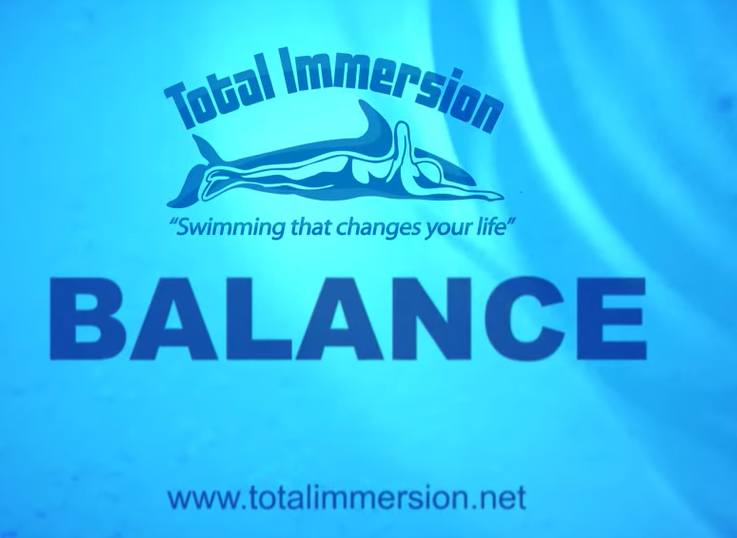
To learn swimming, you need to improve simultaneously in three key areas.
Streamlined form, balance, and propulsion are the three key aspects of the full-submersion swimming philosophy.
Streamlining primarily refers to body shape—and more specifically, the body posture maintained during the swimming motion. Many people claim that swimming doesn’t help with weight loss, but that’s often because they fail to manage their diet. In fact, when combined with proper dietary control, swimming remains one of the most effective exercises for shedding pounds.
Balance primarily refers to buoyancy, the body's ability to float effortlessly—whether in a stationary position or during forward movement—as well as maintaining equilibrium in the water without much effort, even when physical stamina declines and fatigue sets in. This highlights a strong capacity for recovery.
Propulsion primarily refers to the forward-moving force generated by the coordinated action of arm strokes and leg kicks. While strength originates from physical fitness, effectively harnessing that power involves a variety of techniques. The key to enhancing propulsion lies in your ability to fully engage more muscle groups during swimming and seamlessly integrate core strength into your movements.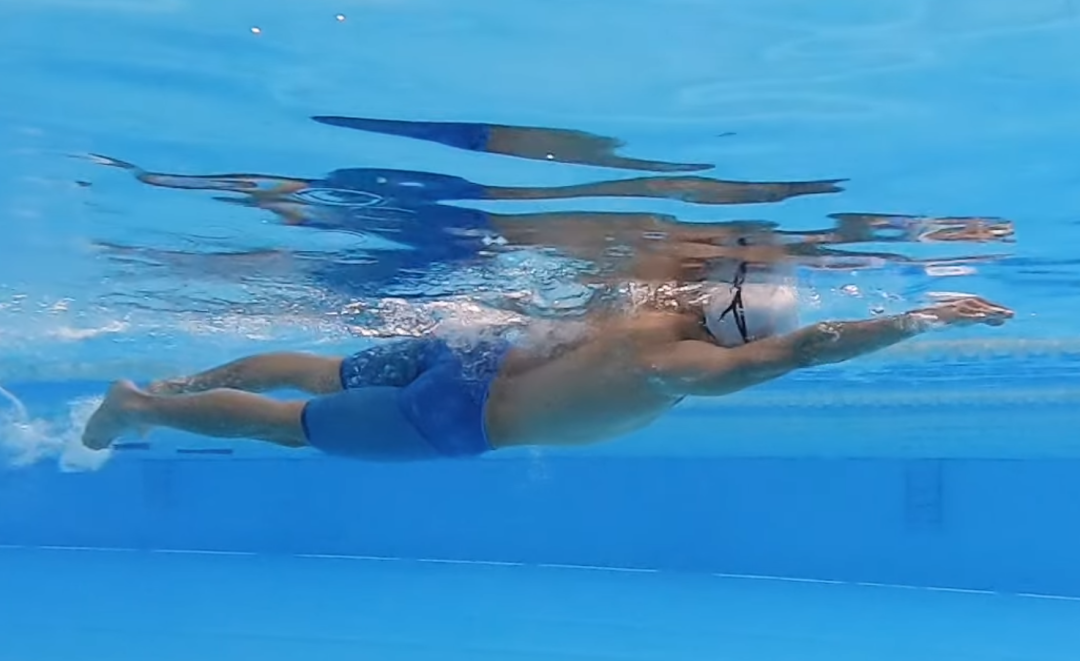
How to Master the Stroll Swim
Adults learn to swim primarily for health reasons, with competitive swimming taking a backseat. Compared to land-based sports, swimming places greater emphasis on breathing techniques—much like the breathing exercises in martial arts, which promote improvements not only in external muscles but also in internal organs. This may well be one of the unique benefits of swimming.
Walking-style swimming is first and foremost about balance, followed by the skillful application of strength—and only then does streamlined form come into play. So don’t focus solely on the outward movements; instead, strive to understand how these motions influence your balance, as well as the underlying techniques that power them.
Things like high-elbow recovery, straight-arm pull-throughs, forward reach with shoulder rotation, and efficient swim strokes—once you’ve mastered balance and power techniques—you no longer need to obsess over the outward appearance of your movements. It’s like how, when first learning to drive, you must grip the steering wheel firmly with both hands; yet for experienced drivers, guiding the wheel lightly with their fingertips often results in a smoother, straighter, and more confident ride than what beginners manage with their tight, two-handed grip.
The speed—fast or slow—of swimming
At the same swimming level, body shape and height give athletes a natural advantage in swimming speed. However, assuming body type and height remain constant, the only way to further improve swimming speed is by continuously enhancing one’s swimming technique and skills.
Continuously improving your balance and mastering strength-based techniques, while also focusing on maintaining a healthy physique, can significantly enhance your swimming speed. However, this speed has an inherent personal limit—unique to each individual. Therefore, when it comes to how fast you swim, it’s often most meaningful to objectively compare yourself against your own past performance.
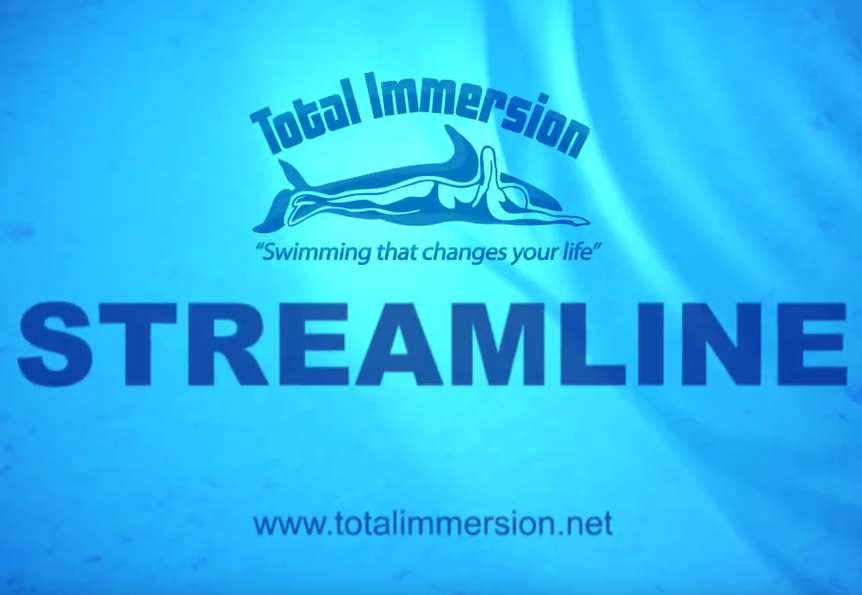
One official account shares swimming tips, while another focuses on software insights, online resources, and reading experiences.
Thank you for your supportive and encouraging likes—especially appreciated are the comments that spark conversation, as well as more shares to spread the word!
Related Articles
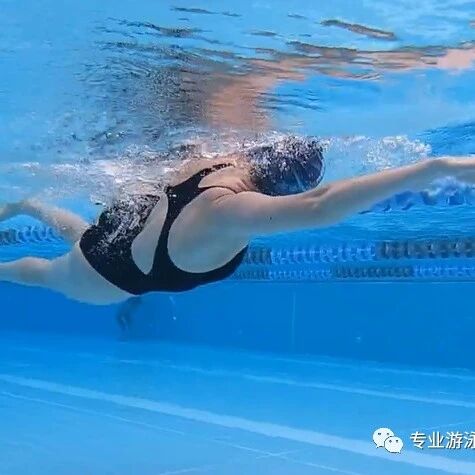
Correcting the details of the freestyle arm movement—this is the key breakthrough point for advancing from intermediate to advanced levels.

Understand the full-immersion swimming concept and enjoy leisurely, stroll-like swimming.
